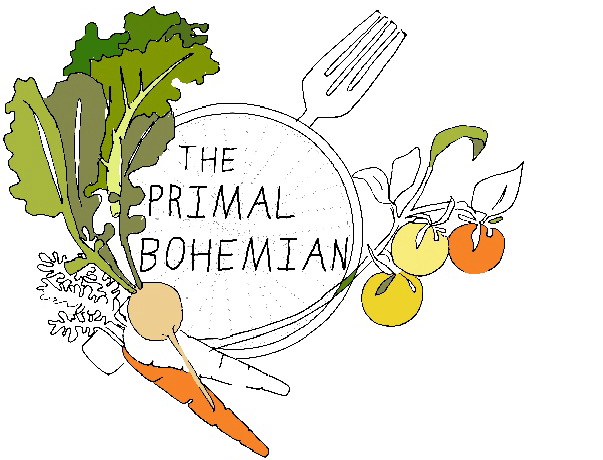CHILLED SHRIMP SALAD
Sometimes we really forget how spoiled we are in this day and age of convenience. We have cars to get places. Grocery stores carry everything we could need. We even have perfectly controlled climates thanks to heat and air conditioning.
The other day my perfectly controlled world got turned upside down. After spending 12 hours in the kitchen, with it being 95 degrees outside and the humidity through the roof, I returned home to find my house at 95 degrees with the humidity through the roof. My Air conditioning had broke during the day. Normally, this wouldn’t be an issue. I would grab a prepared meal that I usually have in the fridge, go to a park, and enjoy the evening. However, on this day, I had no meals prepared, and the last thing I wanted to do was cook. Instead of going out though, I headed to the grocery store and came up with this chilled and refreshing meal that requires no cooking and can be made in less then 5 minutes.

INGREDIENTS:
1/2 lb pre-cooked shrimp. Frozen or fresh. Make sure they are nitrate free
1 avocado
1 clam shell cherry tomatoes
1 bunch of mint
salt
pepper
olive oil
lemon juice or rice wine vinegar

TO MAKE:
1)If the shrimp are frozen, defrost them.
2)Clean the avocado from the pit and skin. Dice
3)Tear the mint into pieces. You could always cut it, but I like the big refreshing bites of mint when I am working my way through the salad
4) Combine all the ingredients in a bowl and season with salt, pepper, olive oil, and vinegar.
5) Find a cool place to enjoy.
If you are turned off by the idea of the mint, you can always use basil. Give it a try though. I often use the two interchangeably. I completely understand this recipe is the simplest thing ever. Anyone could have created this, but sometimes simple is better. Who knows, maybe it will come in handy if your AC goes out.

















